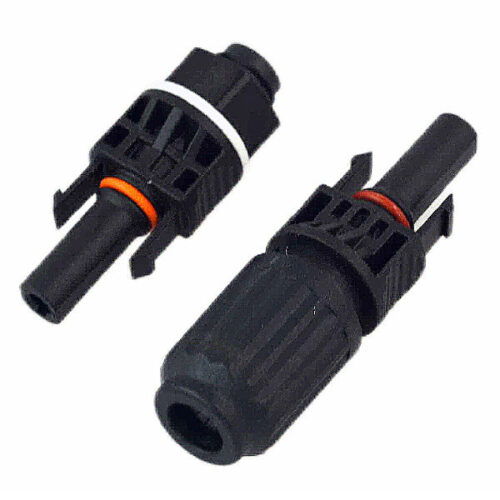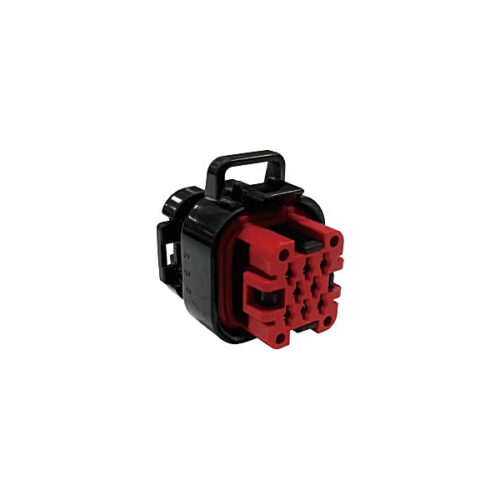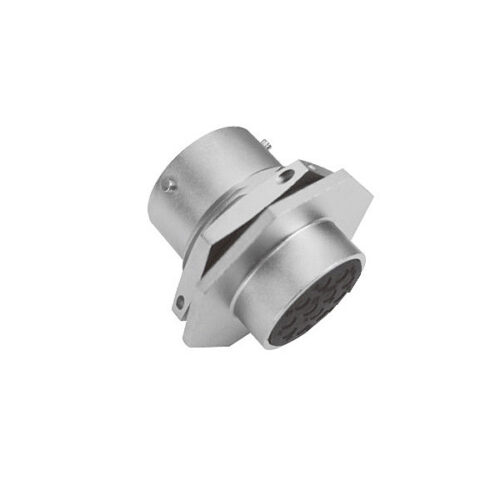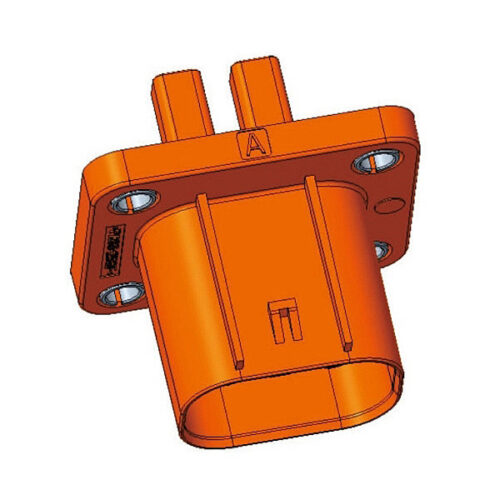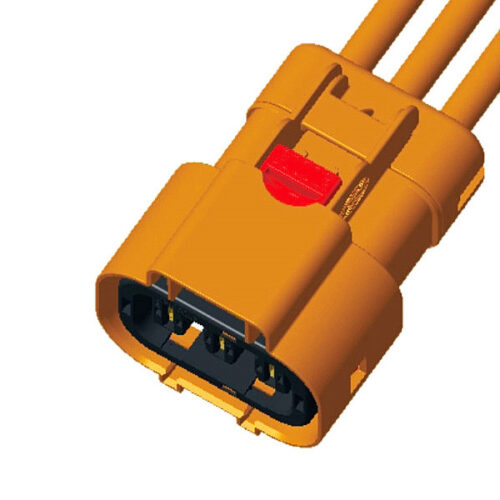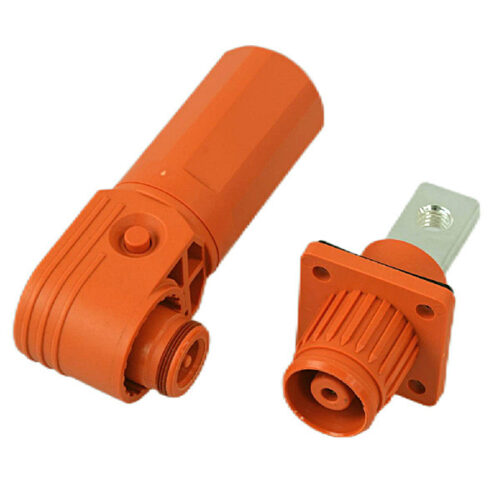Blogs & News
We are focus on automotive wiring harness & connectors technology.
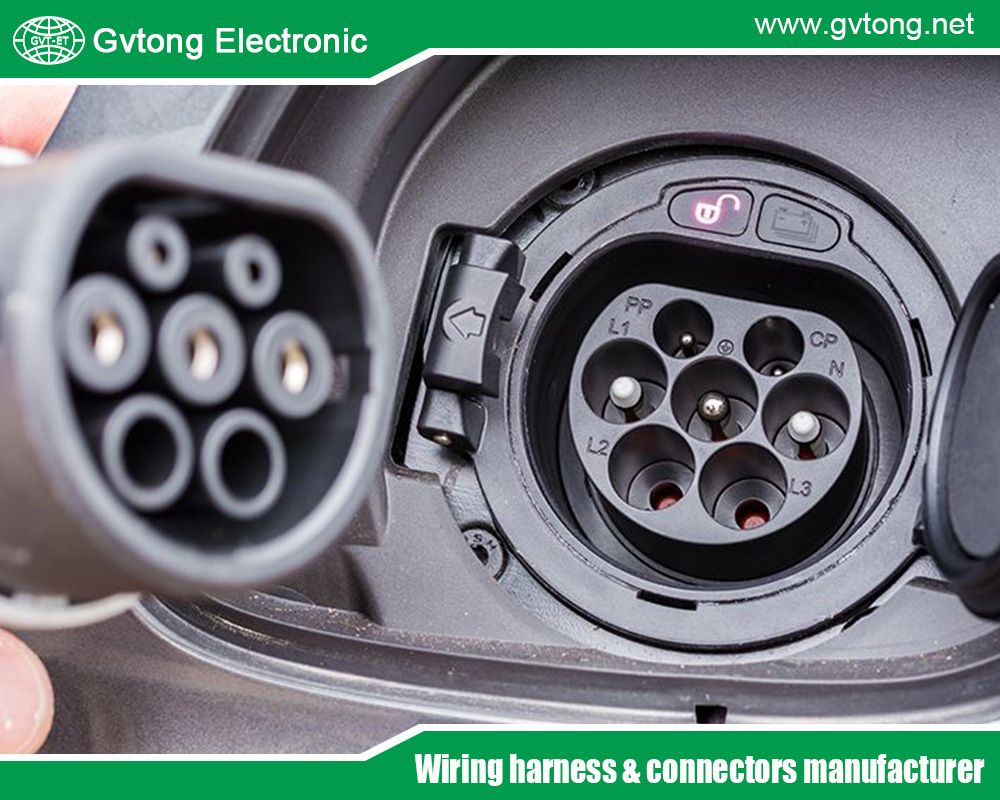
Automotive Modular Connectors: All-in-One Solution for 48V System & ADAS High-Speed Transmission
- Gvtong Electronic
- 12 volt automotive wire connectors, 2p 32p Automotive Connector Terminal Crimping, adas automotive connector, ADAS automotive connectors manufacturer, automotive antenna connector, Automotive Camera Connectors, automotive connector, automotive connector companies, automotive connector manufacturer, automotive connector manufacturers, automotive connector suppliers, automotive electrical connector manufacturers, automotive electrical connectors manufacturers, automotive electrical distribution systems, automotive hybrid connector, automotive miniaturized coaxial connector, automotive modular connectors, automotive modular connectors manufacturer, automotive modular connectors supplier, automotive multi pin connectors, automotive optical fiber connector, automotive power connectors, automotive power distribution, automotive pressure connectors, automotive waterproof wire connectors, battery management system automotive connector, best high-reliability automotive modular connectors, high current connectors automotive, high voltage connectors automotive, high-reliability automotive modular connectors, hybrid connectors automotive, mini-coax automotive connector, modular connectors automotive, oem automotive connectors, oem automotive electrical wiring connectors
- No Comments
Automotive Modular Connectors: All-in-One Solution for 48V System & ADAS High-Speed Transmission
The automotive industry is undergoing a profound transformation, driven by the twin forces of electrification and autonomy. As vehicles evolve from mechanical marvels to sophisticated electronic ecosystems, the demand for reliable, efficient, and versatile connectivity solutions has never been greater. At the heart of this evolution lie automotive modular connectors—compact, adaptable components that serve as the nervous system of modern cars. These connectors are not mere wires and plugs; they are engineered marvels designed to handle the increasing complexity of vehicle architectures, particularly in 48V electrical systems and Advanced Driver Assistance Systems (ADAS).
48V systems represent a significant leap from traditional 12V architectures, offering quadruple the voltage to power advanced features without the hazards of higher-voltage setups like those in full electric vehicles (EVs). This mid-voltage approach enables efficient power distribution for components such as electric turbochargers, regenerative braking, and battery preconditioning, all while reducing weight and cost through smaller wire gauges. Meanwhile, ADAS technologies—encompassing radar, LiDAR, cameras, and real-time processing—require high-speed data transmission to ensure safety-critical functions like lane departure warnings, automated parking, and pedestrian detection operate flawlessly.
Modular connectors emerge as an all-in-one solution, bridging the gap between power delivery and data communication. Their design allows for scalability, easy integration, and customization, making them ideal for zonal architectures where vehicles are divided into functional zones for optimized performance. Companies like Molex, TE Connectivity, Aptiv, and Hirose are at the forefront, developing connectors that withstand harsh automotive environments—vibrations, extreme temperatures, and electromagnetic interference (EMI)—while supporting data rates up to 16Gbps or more. This article explores how these connectors address the challenges of 48V systems and ADAS, their technical features, benefits, and future implications, providing a comprehensive view for engineers, manufacturers, and enthusiasts alike.
In an era where vehicles are becoming smarter and greener, modular connectors are the unsung heroes enabling this shift. By consolidating power, signal, and data transmission into unified platforms, they reduce complexity, enhance reliability, and pave the way for sustainable mobility.
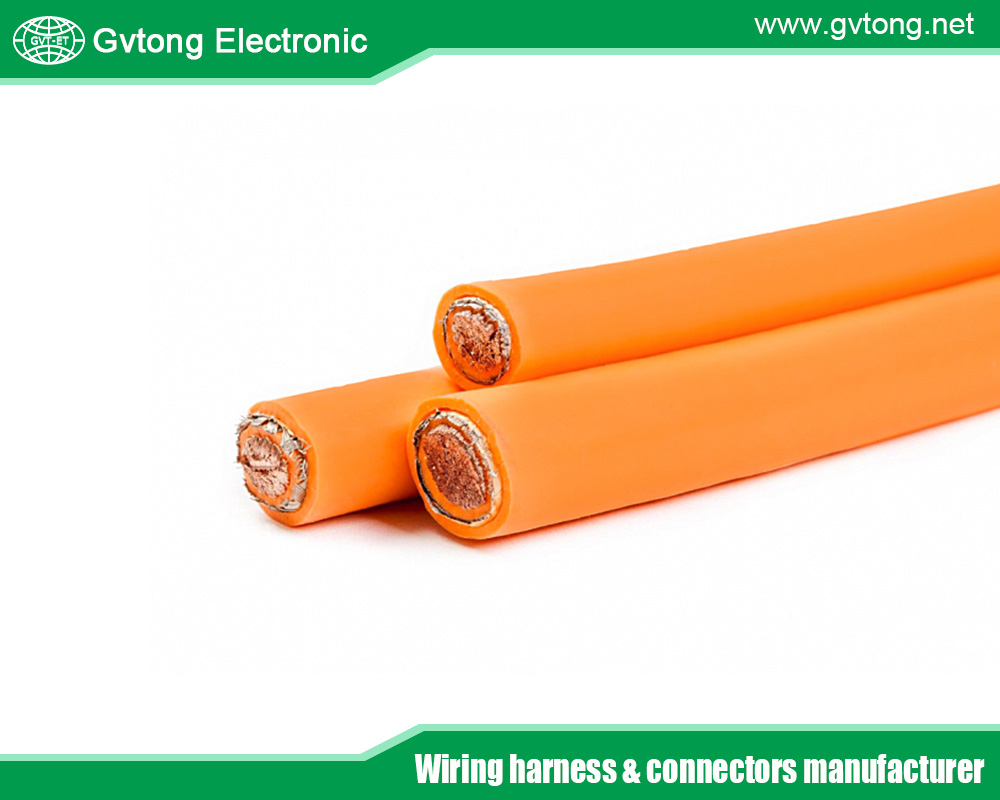
The Evolution of Automotive Electrical Systems
Historically, vehicles relied on 12V electrical systems, sufficient for basic functions like lighting and starters. However, as cars incorporate more electronics—infotainment, sensors, and electrified powertrains—the limitations of 12V become apparent. Higher electrical loads lead to inefficiencies, such as increased resistive losses and the need for thicker, heavier copper wiring, which adds weight and cost.
Enter 48V systems: a hybrid solution that quadruples voltage while delivering the same power with less current, allowing for lighter harnesses and improved fuel efficiency. This architecture supports mild hybrid electric vehicles (MHEVs), where a 48V battery works alongside internal combustion engines for features like idle stop-start, electric boosting, and energy recovery during braking. In full EVs, 48V serves as a secondary system for auxiliaries, reducing strain on high-voltage batteries and enabling faster charging through preconditioning.
The benefits are multifaceted. 48V systems enhance powertrain performance by enabling independent operation of components like turbochargers, eliminating lag and optimizing torque. They improve comfort with efficient electric pumps for steering and climate control, and support vehicle-to-load (V2L) capabilities for powering external devices. Moreover, they reduce copper usage, lowering the carbon footprint and enabling scalability across vehicle types—from gas-powered sedans to autonomous off-road machines.
Challenges include integration with legacy 12V components, EMI management, and thermal issues from higher voltages. Solutions involve modular designs and zonal architectures, where the vehicle is segmented into zones with dedicated power supplies, minimizing wiring complexity and enhancing redundancy. Standardization and collaborations between automakers and suppliers accelerate adoption, with agile development methods like rapid prototyping ensuring quick market entry.
In essence, 48V systems bridge the gap to full electrification, offering a cost-effective path to efficiency and performance. Automotive modular connectors play a pivotal role here, providing the flexibility to adapt to these evolving architectures while ensuring safe, reliable power distribution.
Understanding ADAS and the Need for High-Speed Data Transmission
Advanced Driver Assistance Systems (ADAS) are the cornerstone of safer, more autonomous driving. Encompassing technologies like adaptive cruise control, automatic emergency braking, and 360-degree surround views, ADAS relies on a network of sensors—cameras, radar, LiDAR—and electronic control units (ECUs) to process vast amounts of data in real time.
The core challenge is high-speed data transmission. ADAS demands low-latency communication to react instantaneously to hazards; a delay of milliseconds could mean the difference between safety and accident. Data rates must support protocols like Ethernet, USB, and LVDS, often exceeding 20Gbps, while maintaining signal integrity amid EMI from nearby high-voltage components.
In harsh automotive environments—temperatures from -40°C to +125°C, vibrations, and moisture—connectors must ensure robust performance. Shielded assemblies prevent interference, and compact designs fit into space-constrained areas like cockpits or sensor housings. For instance, camera fusion for pedestrian detection requires seamless data flow between sensors and control modules, where any distortion could compromise accuracy.
ADAS integration extends to Vehicle-to-Everything (V2X) communication, enabling cars to interact with infrastructure and other vehicles for enhanced traffic management. This necessitates connectors that handle multi-protocol support, power management, and miniaturization without sacrificing bandwidth.
As autonomy levels rise—from Level 2 partial automation to Level 5 full self-driving—the data volume explodes, demanding scalable solutions. Modular connectors address this by allowing flexible configurations, supporting AI/ML for predictive analytics, and ensuring compliance with automotive standards like IP67 for waterproofing.
Ultimately, high-speed transmission in ADAS is about reliability under pressure, turning raw sensor data into life-saving actions.
What Are Modular Connectors?
Modular connectors in automotive applications are versatile, interchangeable components that allow for customizable assemblies. Unlike fixed designs, they feature building-block structures—housings, terminals, seals—that can be reconfigured for different cavity counts, genders, and functions.
Their advantages include scalability for varying vehicle models, reduced development time through component sharing, and ease of maintenance. In zonal architectures, modularity enables zone-specific adaptations, minimizing harness weight and assembly complexity.
Engineered for durability, these connectors incorporate features like robust locking, EMI shielding, and high-temperature materials, making them suitable for power, signal, and data transmission in one unit.
Modular Connectors for 48V Systems
For 48V systems, modular connectors must handle voltages up to 60V for overvoltage protection, ensuring arc-free performance and compliance with standards like DIN EN60664-1. TE Connectivity’s solutions emphasize creepage and clearance, using tools to calculate minimum spacing based on pollution degree, altitude, and insulation type.
Molex’s MX150 Mid-Voltage System supports 48V wiring with smaller gauges, reducing weight while maintaining efficiency for oil-cooled motors. Aptiv’s portfolio, including LVCS and PowerPack series, offers modular cavities from 1 to 64, with current ratings up to 250A, ideal for battery connections and power distribution. Features like CPA ensure secure mating in vibrations.
These connectors facilitate zonal setups, where 48V power is distributed efficiently, supporting features like E-turbo and active suspension. By enabling lighter wiring and modular integration, they address cost and complexity, fostering widespread adoption.
Modular Connectors for ADAS High-Speed Transmission
In ADAS, modular connectors prioritize high-bandwidth, low-latency transmission. Molex’s stAK50h system is modular for sensor-ECU connections, enhancing data integrity for camera fusion and radar. It supports zonal gateways with data rates up to 224Gbps.
Hirose’s FX23/23L series combines floating design with 8+Gbps transmission, hybrid power-signal contacts for space-saving. The DF40T offers 16Gbps PCIe compliance, heat-resistant to 125°C.
Other Hirose products like FH63S and ZE05 focus on vibration resistance and waterproofing, ensuring reliability in ADAS sensors. Molex’s MX-DaSH integrates data, signals, and power, reducing connection points.
These features—shielding, miniaturization—enable seamless ADAS operation.
Integration: All-in-One Solutions
Automotive modular connectors excel as all-in-one solutions by merging 48V power with ADAS data transmission. In zonal architectures, they consolidate ECUs, reducing wiring while supporting hybrid functions. This integration enhances efficiency, reliability, and scalability for electrified, autonomous vehicles.
Benefits and Challenges
Benefits include weight reduction, cost savings, improved safety, and future-proofing. Challenges like EMI and thermal management are mitigated through advanced materials and testing. Future trends point to higher data rates and AI integration.
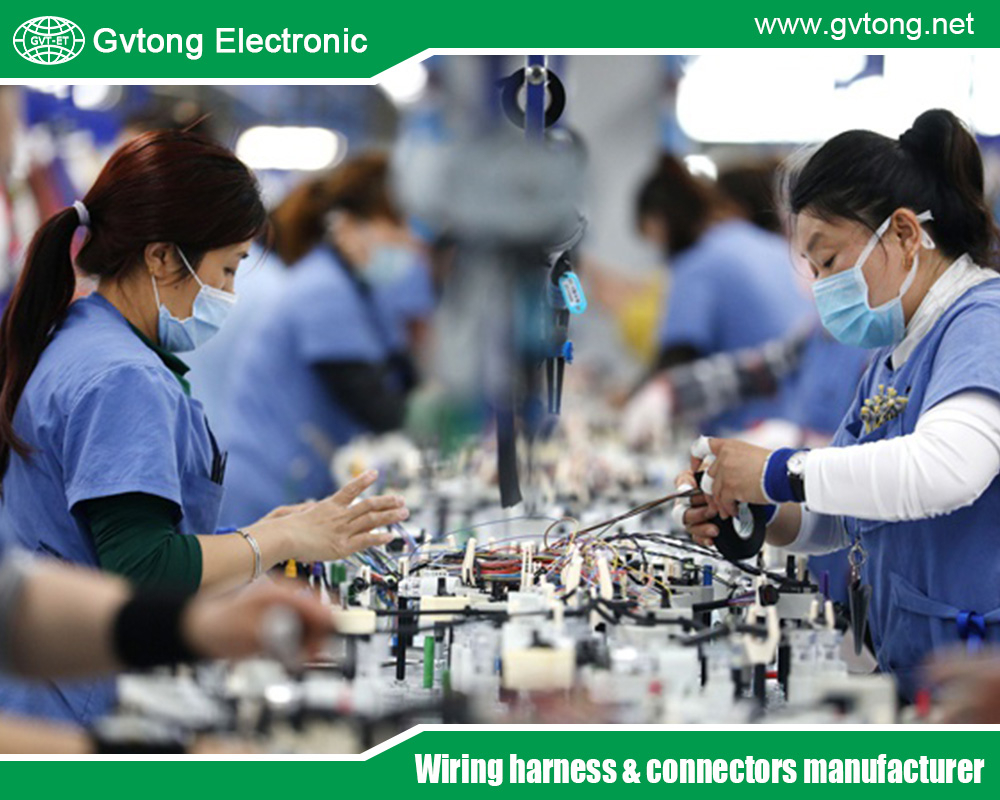
Conclusion
Automotive modular connectors are indispensable for 48V and ADAS, driving innovation in mobility. As the industry advances, their role will only grow, ensuring safer, greener roads.
For more about automotive modular connectors: all-in-one solution for 48V system & ADAS high-speed transmission, you can pay a visit to Gvtong at https://www.gvtong.net/ for more info.

